Main Among vs. Amongst Takeaways:
- There is no absolute rule when it comes to among vs. amongst. They are interchangeable.
- Among is more common in American English, while amongst appears more often in British English.
- Amongand amongst are prepositions, meaning they express a relationship between the elements of a clause.
- Among and amongst can mean surrounded by, in company with, or in the midst of.
- The origins of these words can be dated back to the Old English phrase on gemonge, which means in a crowd.
Amongand amongst are variants of each other. In fact, they mean exactly the same thing, so you can use them interchangeably. In this quick guide, we’ll take a look at what they mean and the subtle differences between these two prepositions. We’ll also show you tons of easy examples so you can use both words with confidence.


What Does Among Mean?
Both among and amongst mean can mean surrounded by, in company with, or in the midst of.
What is Correct: Among or Amongst?
Technically, both among and amongst are correct. Open almost any dictionary, and you’ll find that these words share more than just a similar appearance. They both came from the Old English phrase on gemonge, which means in a crowd.Among and amongst mean surrounded by, in company with, or in the midst of. Since they’re virtually interchangeable in a sentence, the debate becomes one of style only.
When Should you use Among or Amongst?
There are no hard-and-fast rules for when to use among or amongst. Instead, it’s a question of regional preferences and personal style since these prepositions mean exactly the same thing. For example, consider the type of writing you’re doing. For a formal or sophisticated style, or for poetic and dramatic writing, amongst may work better. On the other hand, among lends well to colloquial writing like letters, modern fiction, and memos. Interestingly, some grammar books advocate using amongst when the preposition is followed by a word that begins with a vowel. Others believe amongst is the better to begin a sentence.
Some detractors of amongst argue that it’s formal, stuffy, and perhaps even downright pretentious when compared to its shorter counterpart. This may be especially true when slipping it into idioms, such asamongfriends.
What Kind of Word is Among?
Among (along with it’s variant amongst) is a preposition. This means that it expresses a relationship between the elements of a clause. In other words, prepositions connect the parts of a sentence. What’s more, a preposition always appears directly in front of its object.
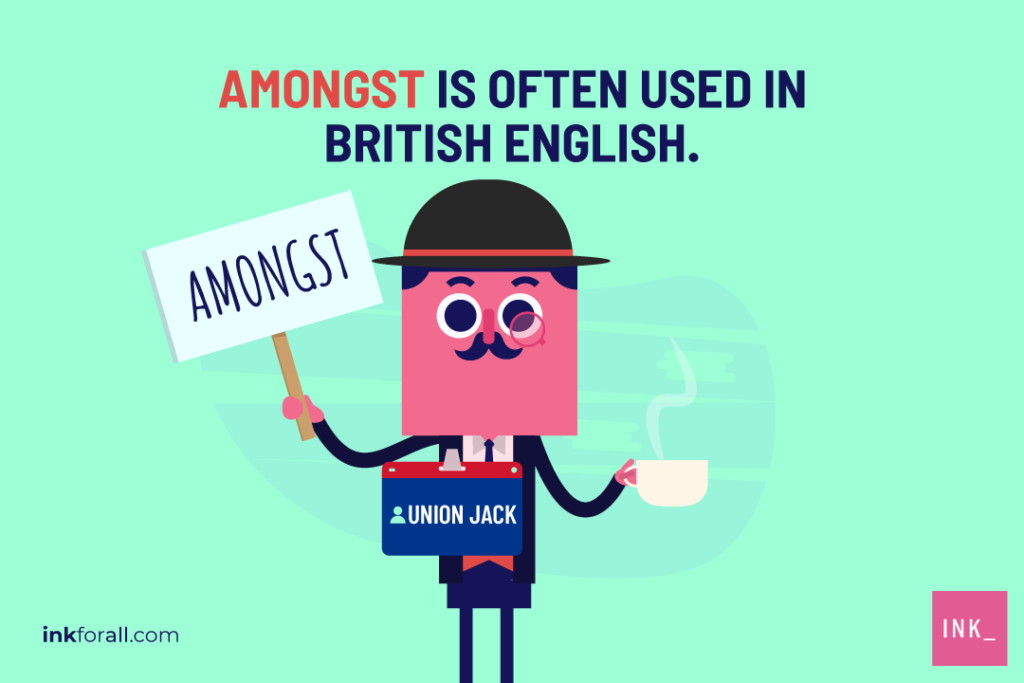

How do you use Among and Amongst in a Sentence?
Here are examples of how to use among and amongst in a sentence:
Where is Amongst Used?
Amongst is more common in British English while among is more common in American English. Therefore, amongst is used in countries that prefer British English. These include Commonwealth countries like the United Kingdom, Australia, and New Zealand as well as anywhere where British English is taught.
What is the Past Tense of Among?
Among is not a verb, so it does not have a past tense. Instead, among and its variant amongst are preposition. Typically, prepositions come after the verb and connect the subject and verb to the rest of the sentence. You can also start a sentence with among as part of a prepositional phrase.
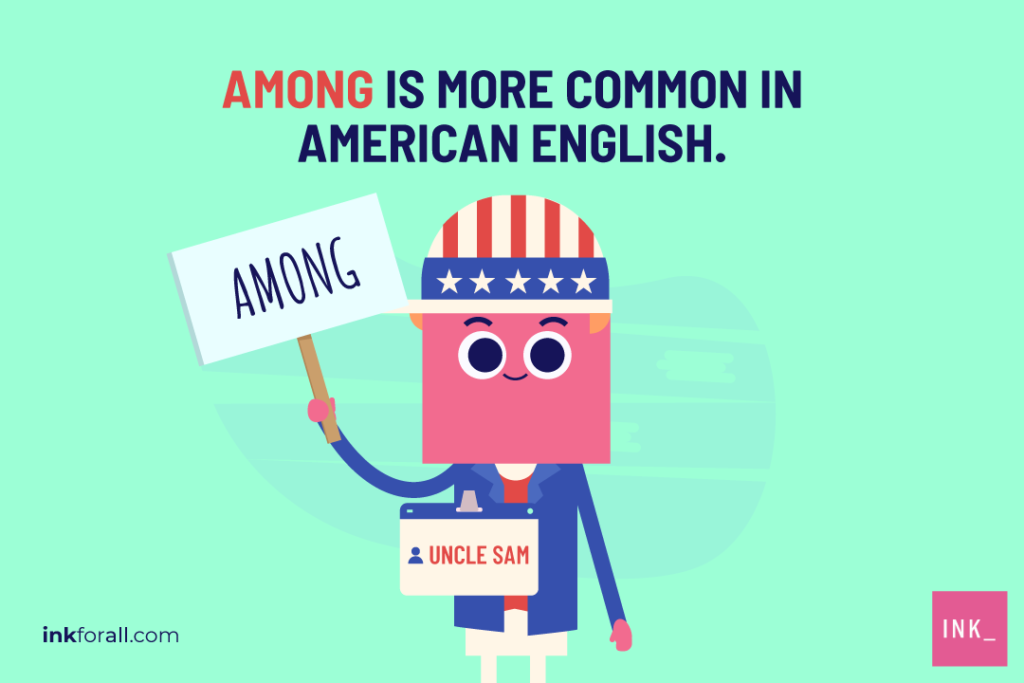

What is Another Word for Among?
Here are some synonyms for Among:
- amid
- amidst
- in the company of
- in the middle of
- in the midst of
- out of
- surrounded by
What’s the Difference Between Among and Between?
Like among and amongst, between is a preposition. Because prepositions express relationships, those relationships define the differences between these among and between. For instance, the common belief is that between is for defining the relationship of just two things while among is for three or more things. This is a good rule of thumb, but it’s not entirely accurate. Instead, use between when the sentence names distinct and individual things (Choosing between cream puffs and ice cream was impossible). Conversely, use among or amongst for three or more things that are not distinct or individually named (Choosing among the desserts was impossible.)
- Use between when the sentence names distinct, individual things.
- Choose among if there are three or more items that are not specifically named or belong to a group.
What About Amoungst?
Amoungst isn’t technically a misspelling (although it could be). Instead, amoungst is actually an archaic form of amongst. It has long since fallen out of fashion. This one, at least, has a simple verdict: don’t use it.
Like many grammar issues, the debate surrounding amongst vs. among will likely continue until one of the two words falls entirely out of usage. In the meantime, choosing the word that feels right for your context may be the best way to pick a winner among these candidates.
Quick Among vs. Amongst Grammar Quiz
Among vs. Amongst Question #1
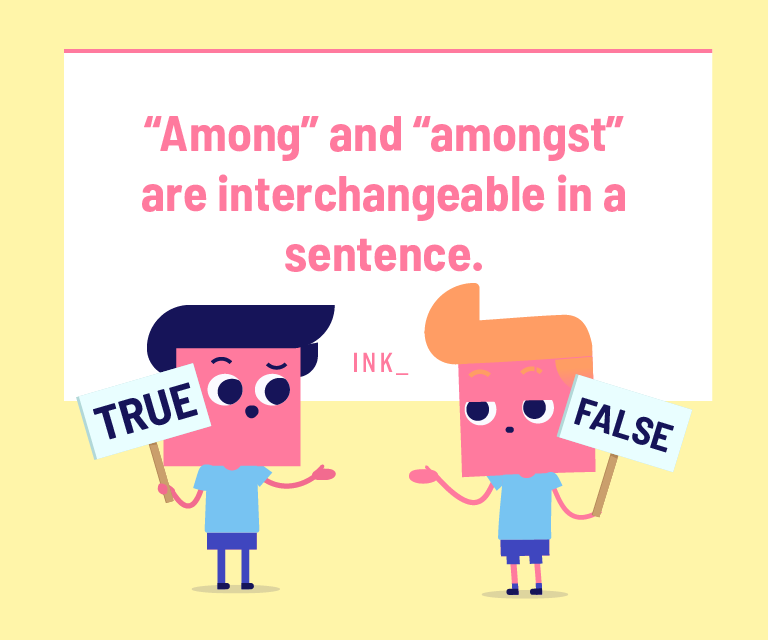

The answer is TRUE. Both words mean the same thing, and that’s “surrounded by” or “in company with.”
Amongst Question #2
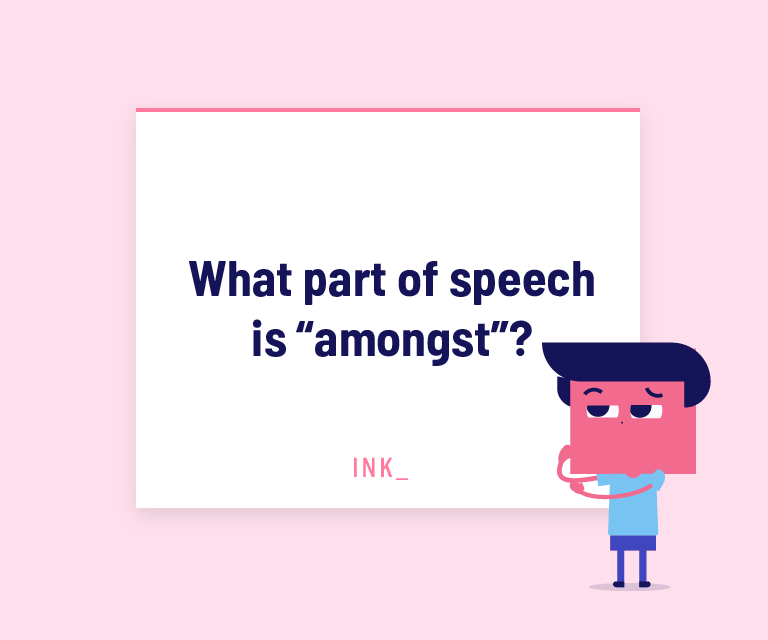

The answer is C. “Amongst” is a preposition. It expresses a relationship between the elements of a clause.
Among or Amongst Question #3
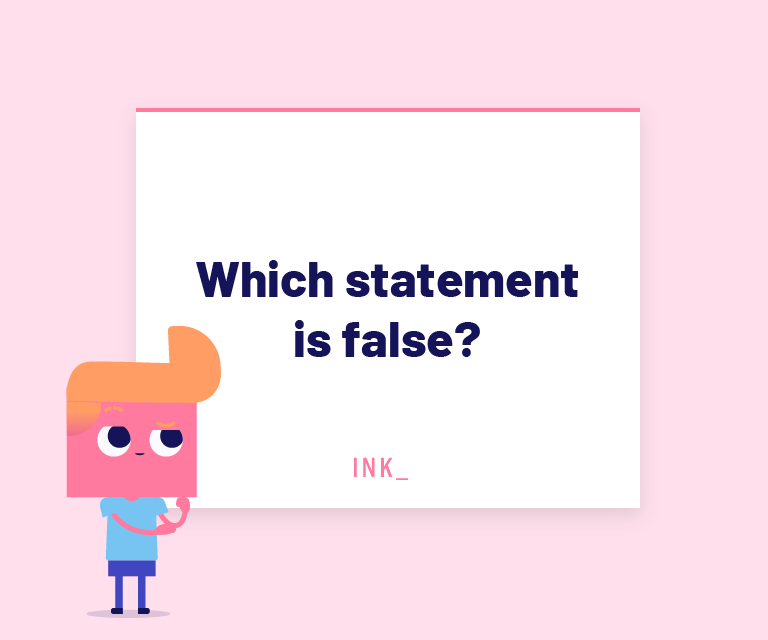

The answer is A. Among and amongst are prepositions and can’t function as adverbs.
Among vs. Amongst Question #4
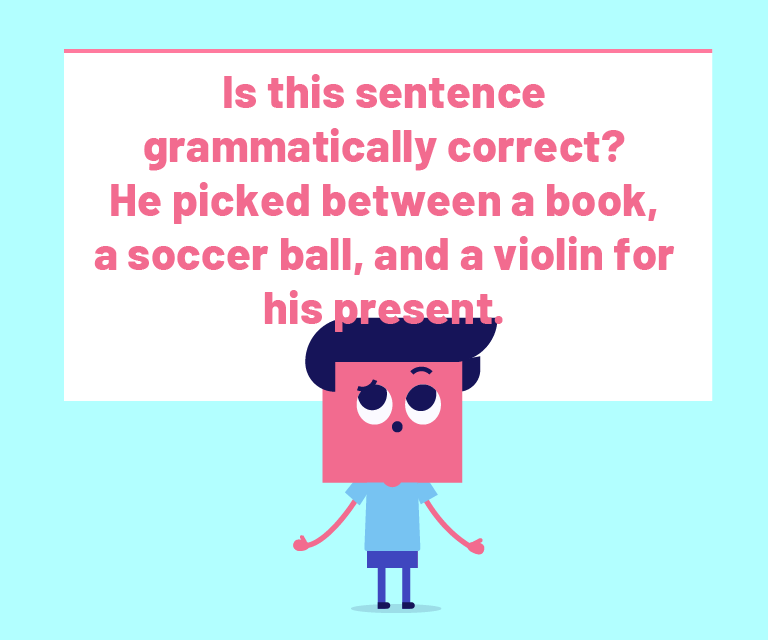

The answer is YES. Use “between” when the sentence names distinct, individual things.

jnmfkkkkkkkkkkkkkkkkkkkkkkkkkkkkkkkkkmmjmmmmmmmmmmmmmmmmmmmmmmmmmmmmmmmmmmmmmmmmmmmmmmmmmkdjlkkkkkkkkkkkkkkkkkkkkkkkkkkkkkkkkkkkkkgfkknffffffffffffffffffffffffffffhjjjjjjjjjjjjjjjjjjjjjjjjjjjdffffffffffffffffffffffffffffnhnhnhhhhhhhhhhhhhhhhhhhhnhnhnhfjnhnhnhhnnnnnnnnnnnnnnnnnnnnnnnnnnnnnnnnnnnnnnnnnnnnnnnnnnnnmm mmmmmk,fgtkfkm,kfd,m,m,fmf=]p’
i65iuorjkerwklerw6ipoew334u6uiq23
Hi, Tammy! Thanks for your comment. Are you a student? How did you do on the quiz? Hope you enjoyed the article! Thanks!